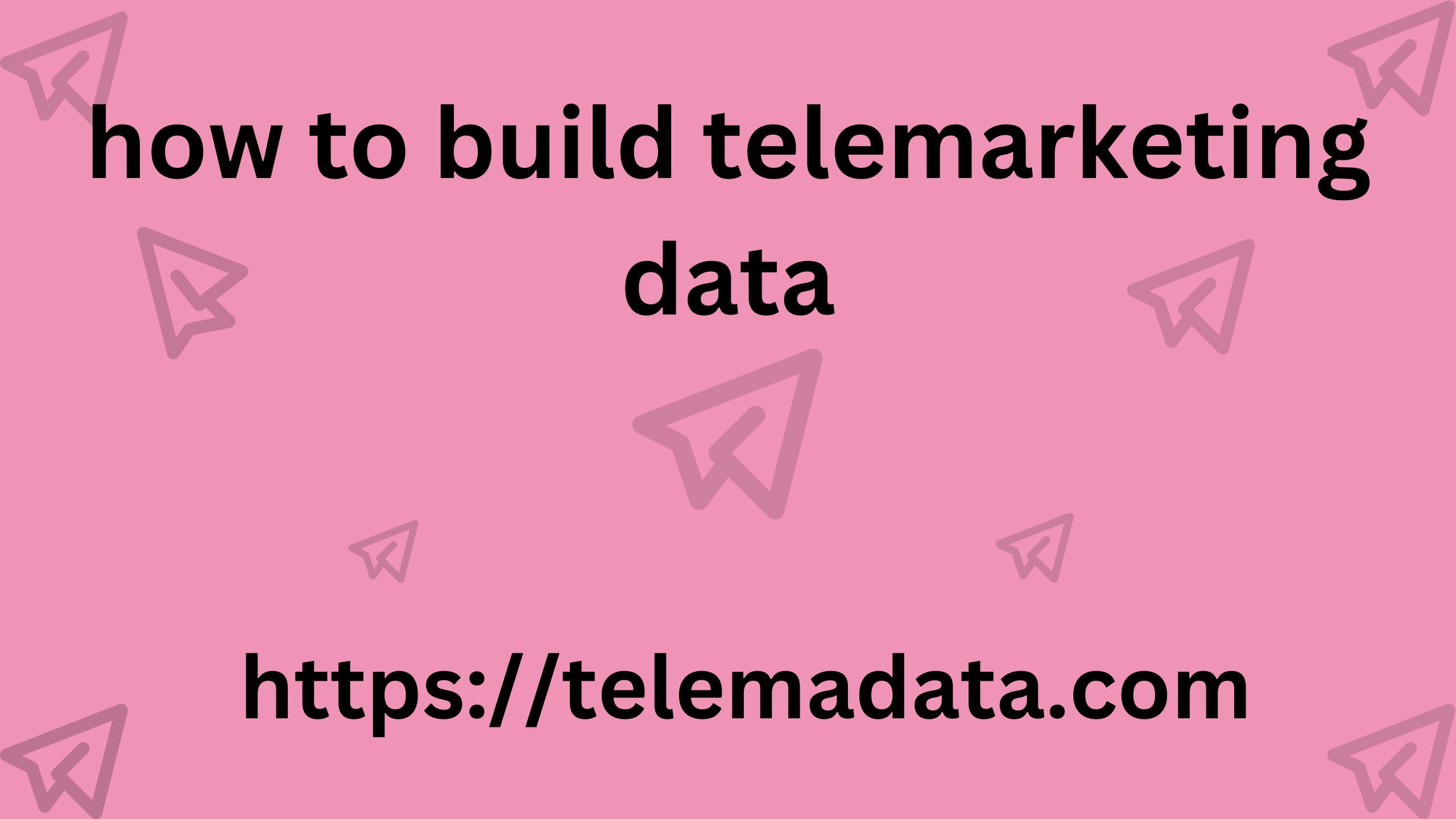Welcome to the blog of SEOlogy, the agency specialized in digital marketing strategies and search engine positioning .
In the digital world, it is common to hear the terms SEO and SEM, and although they are used to achieve similar objectives, there are important differences between the two. In this article, we will explain what SEO and SEM are, their main differences, when it is more convenient to use each one, and how both can complement each other to maximize the results of your digital marketing strategy.
Find out which of these tools is best suited for your business and how we can help you implement the best strategy to achieve your online goals. Contact us!
What is SEO?
SEO is an acronym for Search Engine Optimization, which refers to the practice of optimizing a website to improve its visibility in the organic search results of search engines like Google, Bing, or Yahoo.
The goal of SEO is to improve the quality and quantity of traffic that reaches the website through search engines, thereby increasing the visibility, relevance and authority of the page.
SEO involves a variety of techniques that apply on and off the website, including optimizing content and site structure, keyword research, building high-quality links, and improving the user experience on the site.
SEO is an ongoing process that requires constant monitoring and adjustment to maintain and improve your position in search results.
Some of the main SEO elements
SEO is a complex strategy that involves many different aspects. Some of the most important elements of SEO include:
- Keywords: Keywords are terms or phrases that users search for on search engines. Identifying and using the right keywords in your website content and tags is critical for SEO.
- Content: Content is one of the most important elements of SEO, as search engines use it to evaluate the relevance and quality of the website. It is important that the content is useful, relevant and optimized for the selected keywords.
- Inbound links: Inbound links are links that other websites make to your website. Search engines use inbound links to evaluate the relevance and authority of the website. It is important to obtain high-quality and relevant inbound links.
- Website structure: Website structure is important for SEO as it affects how search engines crawl and index the website. The website structure should be easy to use and navigate, and important pages should be accessible with just a few clicks.
- User Experience: User experience on the website is important for SEO, as search engines use user interaction data to evaluate the quality of the website. It is important that the website is user-friendly, has a fast loading speed, and is accessible from mobile devices.
What is SEM?
SEM stands for Search Engine Marketing, which refers to the practice of using search engine advertising to improve website visibility and traffic.
This concept involves creating advertising how to build telemarketing data campaigns on search engines, using advertising platforms such as Google Ads or Bing Ads. SEM campaigns can include text ads, display ads, and video ads, and can be targeted to specific audiences based on factors such as location, keywords, and online behavior.
SEM is an effective way to get fast, highly targeted traffic to a website, but it can be expensive and requires a careful, strategic approach to ensure you’re getting a good return on investment.
Elements in SEM strategies
SEM or Search Engine Marketing, like SEO, is a complex strategy that involves many different aspects. Some of the most important elements of SEM include:
- Keywords: Just like in SEO, keywords are essential in SEM. Selecting the right keywords is essential for the effectiveness of search engine advertising campaigns.
- Ads: Ads are the core element of SEM, and can be text, images, video, among others. Ads must be attractive, relevant, and designed to attract users’ attention.
- Calls to Action (CTA): Calls to action are an important part of any SEM campaign, as they tell the user what action they should take next, such as clicking on the ad, filling out a form, etc.
- Landing pages: Landing pages are specific web pages that are designed for users to land on after clicking on an ad. These pages should be relevant and consistent with the ad, and designed to maximize conversion.
- Tracking and analysis: Tracking and analysis are essential to assess the effectiveness of SEM campaigns. It is important to track the performance of ads and landing pages, as well as conversions and return on investment (ROI).
What are the main differences between SEO and SEM?
The main difference between SEO and SEM is that SEO (Search Engine Optimization) is an online marketing strategy that focuses on improving the positioning and visibility of the website in organic search results, while SEM (Search Engine Marketing) is an online advertising strategy that uses paid advertising to appear in search results in prominent positions.
Other important differences between SEO and SEM include:
- Cost: SEO is a low-cost, long-term strategy that requires effort and time to achieve results, while SEM involves paid advertising costs.
- Speed of results: SEO can take a long time to show results and can take months or even years in some cases, while SEM offers immediate results and you can start receiving traffic within hours.
- Control: With SEO, site owners have limited control over site visibility as they are dependent on search engine algorithms. With SEM, site owners have more direct control over traffic and visibility as they can choose keywords and adjust advertising campaigns to maximize results.
- Permanence: Traffic generated by SEM disappears as soon as the advertising campaign is stopped, while traffic generated by SEO can be more durable and sustainable in the long term.
In conclusion, while SEO focuses on improving anplis de sa zouti tankou google search the organic positioning of the site in Google organic search results through website optimization and the creation of relevant content, SEM uses paid advertising to appear in search results in prominent positions.
Both strategies can be effective, and it is important to choose the right strategy to achieve each website’s online marketing goals.
What is better? SEO or SEM?
It depends! Not all strategies work for all businesses, so you have to be critical of each specific situation. Also, the best strategy is the combination of SEO and SEM.
You can contact us so we can help you define the best online positioning strategy for your website.
Combining SEO and SEM strategies
The choice between using SEO (Search Engine Optimization) or SEM (Search Engine Marketing) depends on the specific goals of each website and the resources available. That’s why experts recommend not making a choice between SEO and SEM (or vice versa), but rather learning to choose when to use one and when to use the other.
Here we tell you:
When to focus on SEO?
There are three major cases in which, at SEOlogy, we bet on SEO:
- If the goal is to generate organic afb directory and long-term traffic to the website.
- Whether your budget is limited or you want a long-term marketing strategy.
- If you are looking to improve your website’s visibility in organic search results.
When to focus on SEM?
These are the cases when we recommend using SEM strategies:
- If you are looking to generate immediate traffic to your website.
- If you need quick results for a product launch, promotion or event.
- If you have an advertising budget and are looking for a short-term marketing strategy.
- If you want to have more direct control over search results and site visibility.
Why use SEO and SEM positioning strategies?
In some cases, a combination of both strategies may be the best option to achieve online marketing goals.
For example, you can use SEO to build an organic traffic base and then complement it with SEM to increase visibility and traffic at specific times, such as a product launch or promotion.
It is important to evaluate the goals and resources of each.


